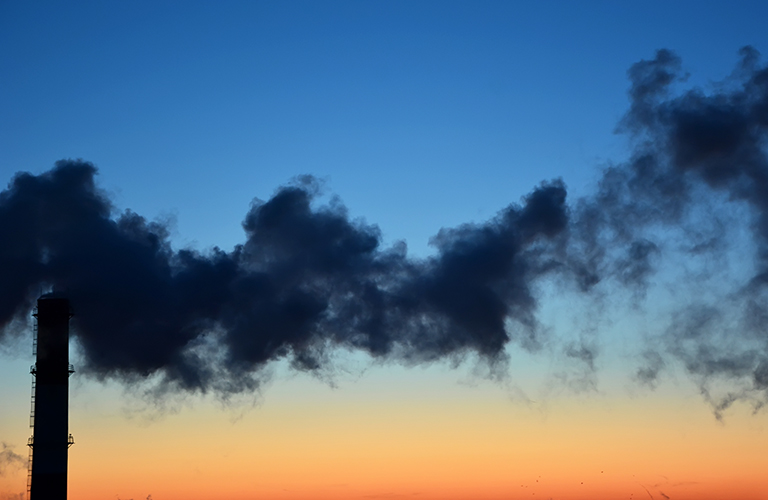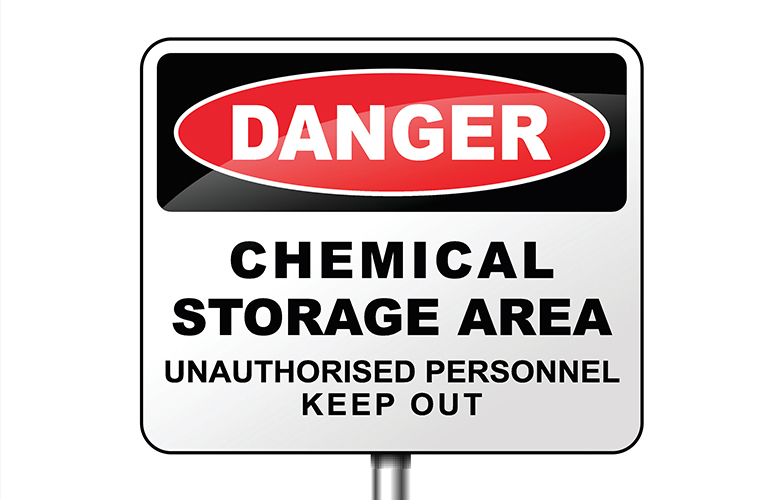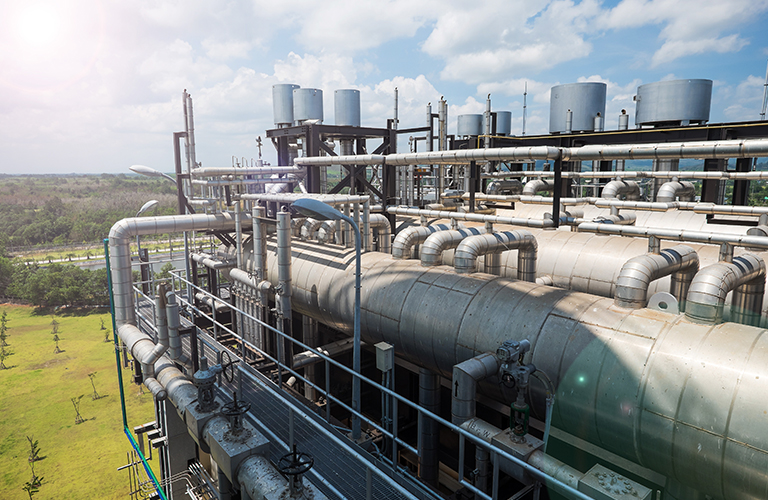
The pace of changes to the Clean Air Act permitting program for new major sources or expanded major source facilities is expected to continue under the leadership of acting EPA Administrator Andrew Wheeler. Outgoing EPA Administrator Scott Pruitt was at odds with the agency’s Air Chief Bill Wehrum over how the new source review permitting should proceed. Pruitt favored a comprehensive overhaul of the permitting program while Wehrum preferred incremental program changes achieved through a combination of guidance and rulemaking. With Pruitt’s departure, Wheeler is widely expected to allow for the continuation of the incremental changes to the program rather… Read more





